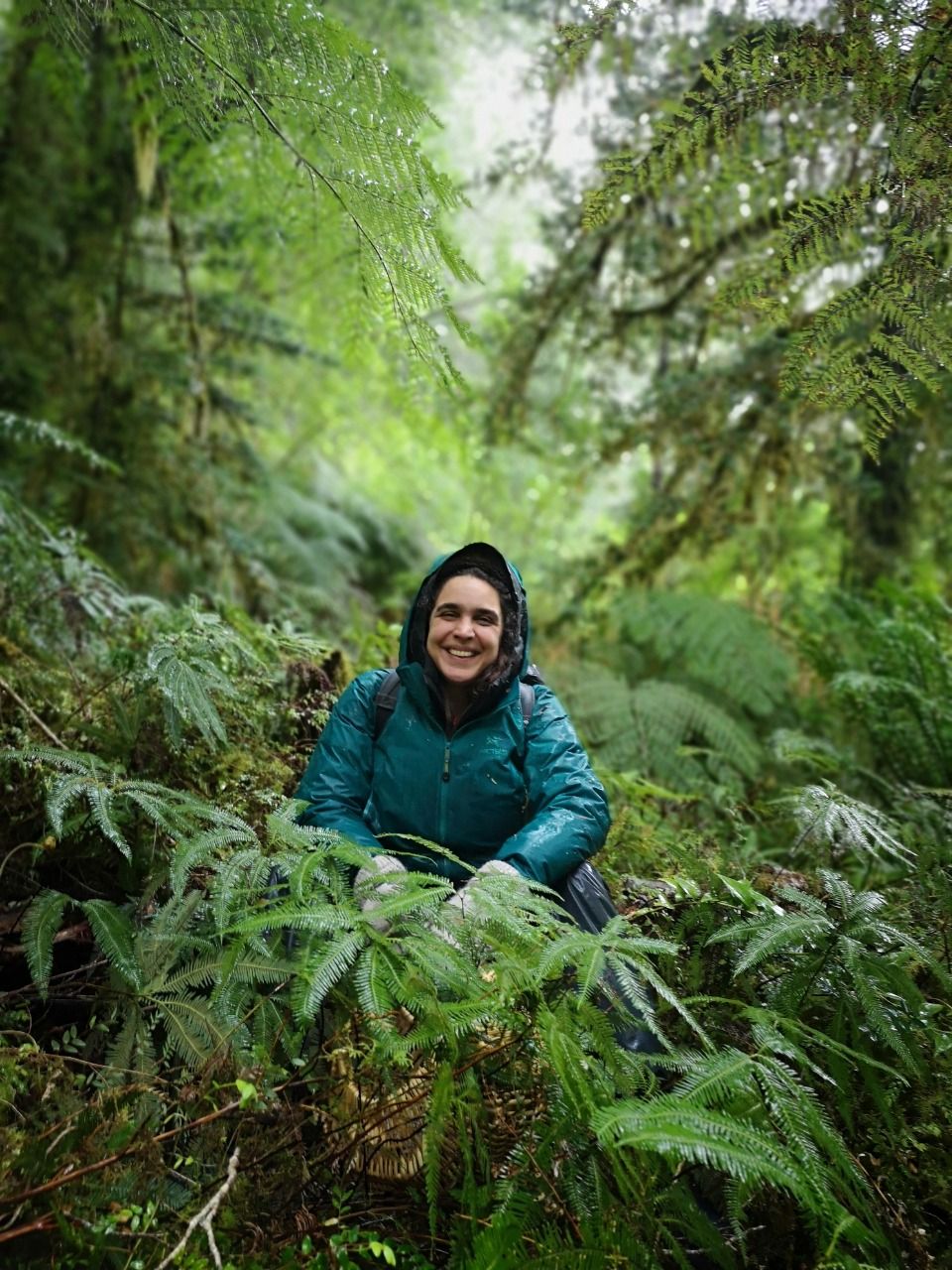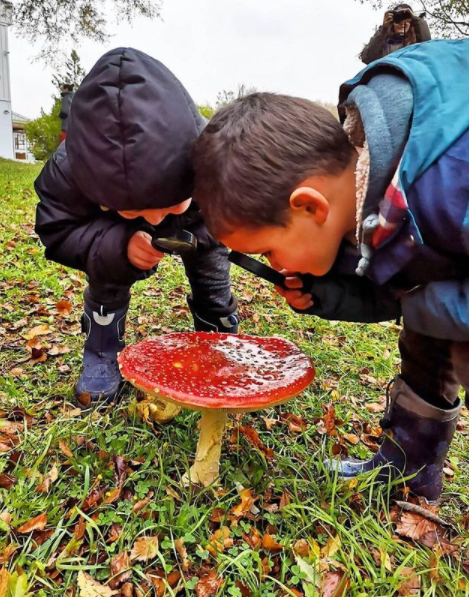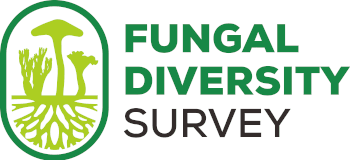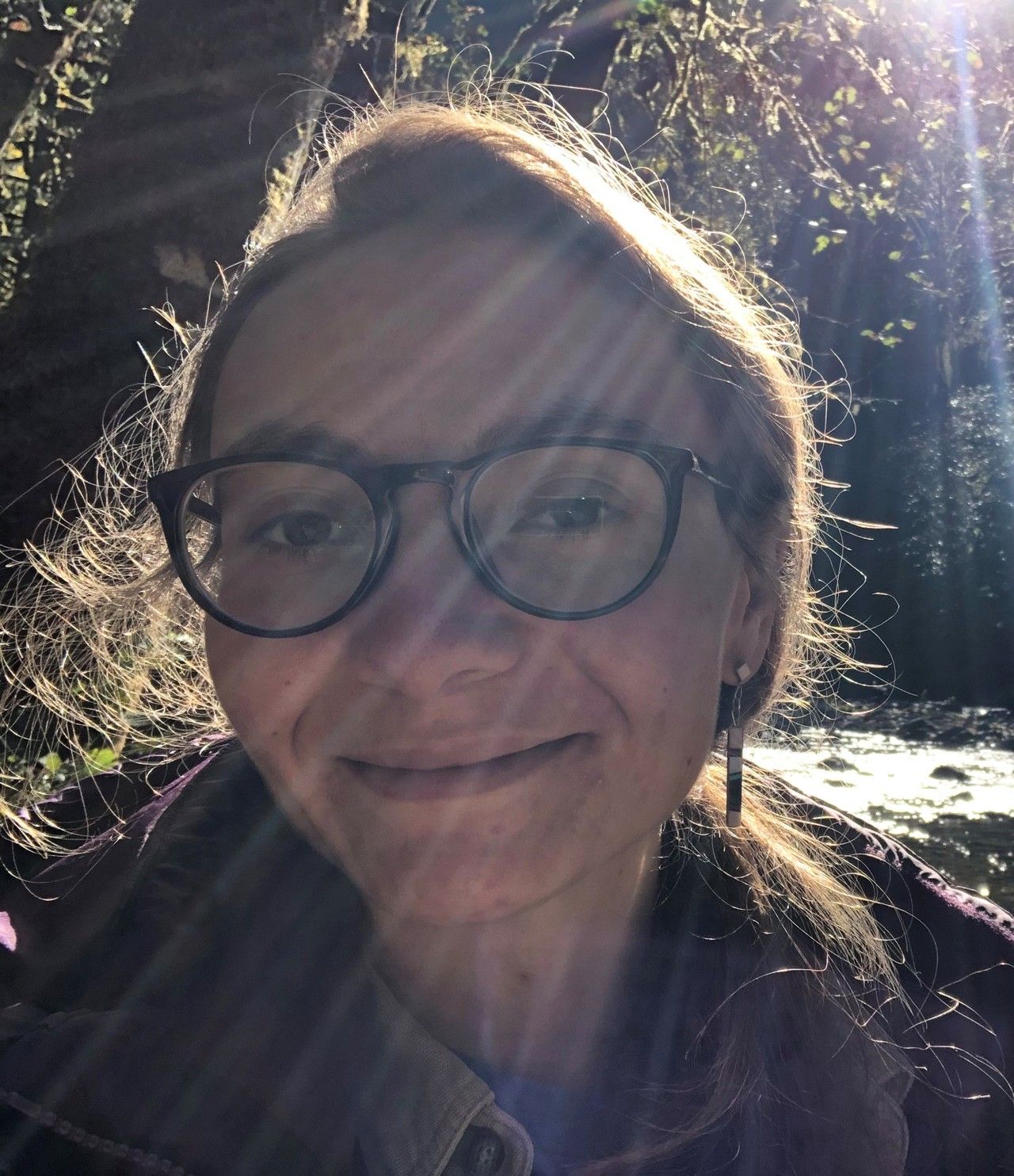You’ve likely used the terms “Flora” and “Fauna”, but how about “Funga”? Giuliana Furci, the founder of Fundación Fungi (Fungi Foundation -- the first NGO for fungi of the world) is trailblazing justice for fungi by revitalizing our very perception of them, through changing language and worldwide school curricula.
Fauna and Flora have been the terms for regarding animal and plant life since the time of Carl Linnaeus, much due to his popularization of the terms in publications like Flora Lapponica (1737) and Systema Naturae (1767). Though Linneas was one of the first to describe and classify mushrooms into our modern taxonomic system, he only recognized the plant and animal kingdoms, and eventually the addition of a mineral kingdom. He did, though, recognize fungi as being similar to animals, calling them “animalcules,” akin to worms, and in their own genus of animals titled Chaos fungorum.
For many years biologists assigned anything to the plant kingdom that couldn’t move, and this included fungi. Throughout history, mushrooms were often referred to as existing somewhere in between mineral and plant, or even somewhere in between animate and inanimate, but the reality is that they are unique and vital organisms that deserve their own spotlight. It wasn’t until 1969, thanks to American ecologist Robert Whitaker, that Fungi received their own autonomous dwelling in modern taxonomy: the Kingdom Fungi -- or the gender neutral term that I prefer to use: Kindom Fungi.
Though fungi have been recognized as their own Kindom of life for over 50 years, they are still overlooked and misunderstood. From this allusiveness rises an urgent problem: fungi have been neglected in major conservation and education strategies. Giuliana Furci and her Fungi Foundation recognize that the crux of this transition towards protecting fungi relies on championing a third F: Funga.
Any funding proposal or conservation strategy uses the terms “flora and fauna” or “plants and animals”, which explicitly excludes fungi. As Furci says, “the first step is just to represent reality through language.” Our language is stuck in the mid 1700s and unless we integrate reality into our political strategizing, fungi are going to be neglected. Without acting to change our conservation and education languages to reflect the authority of fungi on this planet, we might experience some dire consequences, especially as our climate changes.

Plants, forests, entire ecosystems, and even we humans are dependent on the wellbeing of fungi. Fungi perform a smorgasbord of critical ecosystem services, or services that are the life support systems of the planet. Just a few of these include the recycling and unlocking of carbon, nitrogen, and lignin, supplying at least 90% of all terrestrial plants that produce atmospheric oxygen with adequate nutrition, and providing animals and humans with food and sustenance for thousands of years (think squirrels with truffles; and humans with bread, wine, miso, cheese, and even sustenance of the entheogenic kind). Life emerged from an aquatic ecosystem onto land only with the help of fungal friends.
Furci paints one of the most enjoyable analogies of our planet’s reliance on fungi, “Fungi are like the egg in the cake. If you’re going to make a cake and you have flour and sugar, those ingredients don’t stick together unless you put egg in them”. It is time to inoculate our sense of life on earth with the 3rd F: Flora, Fauna, and Funga.
In 2018 the delimitation of the term Funga was published by Francisco Kuhar, Giuliana Furci, Elisandro Ricardo Drechsler-Santos, and Donald H. Pfister in the International Mycological Association’s flagship journal, IMA Fungus. Donald Pfister also celebrated this milestone in a previous Deep Funga Blog Post that articulates the need for fungal-centric vocabulary: Fantastic Funga: Why Language Matters.
Funga is the new word to use in exchange for Mycoflora, Mycobiota, and Mycota. These terms are unclear, outdated, and “just incorrect” says Furci. The word Mycoflora was introduced when it became clear that fungi are not plants, though this Greek-Latin composite of a word is still blatantly unsuitable since it still clearly applies the term flora to fungi. The word Mycota has been widely used in technical literature, but many authors consider it a synonym of the word fungi, the name of the Kindom itself, which renders Mycota as misleading and not completely accurate. The word Mycota is also confusing because it is used in taxonomic subdivisions, as in Basidiomycota or Ascomycota.

What does Funga mean, though? And why not just stick with the word fungi? The delimitation states that the word fungi is not a alternative for Funga for the same reason Viridiplantae (literally “green plants”; green photosynthetic organisms) is not an alternative for Flora and that the word Animalia is not an alternative for Fauna. 1 The word Funga is the correct word for the diversity of all fungi in a place. The word Funga also parallels existing terminology that refers to the treatments of these organisms of particular geographical areas, which is important for conservation and education strategies. The term Funga is harmonious with the taxonomic composition of a fungal community that is promoted by Linneaus’ Flora and Fauna.
Imagine a world where fungi are recognized, documented, celebrated, funded, and studied. What would happen if Funga becomes integrated and used by global educational and environmental institutions as the vocabulary to refer to life on Earth? The term Funga can finally give a voice to the incredible lives of fungi, elevating their representation in conservation and education strategies. As fungi invite a more interconnected and animated view of ecosystems, normalizing the term Funga could even change our approach to how we conserve ecosystems and how we even think about ecosystems.
The more organizations and leaders use the word Funga, the more there will be an automatic triggering of inclusion for fungi. An emblem of this movement towards fungal justice was the evolution of this organization’s name (North American Mycoflora Project) to Fungal Diversity Survey (FunDiS) in August of 2020. Another shift in the right direction is the renaming of the International Code of Botanical Nomenclature to the International Code of Nomenclature for Algae, Fungi, and Plants, which identifies the fungal distinction. In a way fungi are the world’s includers -- connecting plants, life cycles, and habitats, and circulating nutrients to a degree that plants cannot by themselves. It’s about time that we include Funga in our language.
Linguistic injustices run rampant for fungi. Many fungal specimens are stored in a herbarium instead of a fungarium. It is said that a fungus fruits, though it sporulates. “The word mycoflora sounds like a plant pathogen,” Furci remarks. Much of the reticence to adopt fungal independence has to do with internal funding, policy, and the fact that entirely separating fungi from botany for some institutions leaves fungi with zero budget. If fungi are going to have opportunities equal to plants and animals, we need to start making these changes. “Unless this happens we are going to be many steps behind, or outright excluded, which is the reality today,” says Furci.

Furci says that fungi deserve a nongovernmental organization to show the threats, the opportunities, the attributes, and to bring justice to the “fungal Queendom”. Fungi Foundation has a number of programs from introducing fungi into national Chilean legislation to collaborating with other mycologists and documenting fungal diversity around the world. One of the strategies close to Furci’s heart is talking in a language that people understand and ultimately communicating science to the common person. You cannot conserve something until you know it exists, and we have severely lacking knowledge in what fungi exist. To trigger more fungi focused participation around the world, one of Fungi Foundation’s developing programs is designing a global mycology school curriculum.
The Foundation’s project of inoculating a worldwide mycology school curriculum is called Project Fe, an acronym for Fungal Education, which also means faith in Spanish. The proposal began by asking university level mycology professors what it would take to prepare a future student to advance in an undergraduate level class. The most recent (and exciting) update with Project Fe is that they have taken steps with the Fantastic Fungi team to bring the worldwide mycological curriculum into final draft form. The curriculum has been outlined and is now being broken down and paired with relevant disciplines, necessary to encourage its use. There’s no practical way for the mycology curriculum to be used unless it is paired with relevant subjects. For example, “If you’re going to talk about a cell wall and they still don’t know what a cell is, it’s not going to fly!” exclaims Furci. The idea is pairing the mycological education with similar context. “This is probably the hardest part, for a global level curriculum."
As much needs to be taught about fungi in public schools as plants and animals. I am hopeful for a world in which we expand the number of people contributing to the discovery and documentation of mushrooms worldwide. I think that the more people who hear one of Furci’s marvelous catchlines, there will not only be a concentration of fungal attention, but also of attention in general: “What you see matters!”
I’ll admit, Linnaeus wasn’t too wrong on some things, one of which is that fungi are more closely related to animals than to plants. 2, 3, 4 It is time for our language, education, and conservation strategies to catch up to the truth. Imagine a world where mycology becomes as "normalized" as studying entomology, marine biology, or even microbiology. It’s time to expand the channels of mycology and integrate Funga into global educational and conservation efforts as our 3rd F to refer to life on Earth.
Citations
1) Kuhar, F., Furci, G., Drechsler-Santos, E.R. et al. Delimitation of Funga as a valid term for the diversity of fungal communities: the Fauna, Flora & Funga proposal (FF&F). IMA Fungus 9, A71–A74 (2018). https://doi.org/10.1007/BF03449441
2) ShalchianTabrizi, K., et al. (2008). Multigene phylogeny of Choanozoa and the origin of animals. PLoS ONE 3(5): e2098
3) Wainright, P., et al. (1993). Monophyletic origins of the metazoa: an evolutionary link with fungi. Science 260(5106): 340–342
4) Woese, C. R., Kandler, O. & Wheelis, M. L. (1990). Towards a natural system of organisms: proposal for the domains Archaea, Bacteria, and Eucarya. Proceedings of the National Academy of Sciences 87(12): 4576–4579





